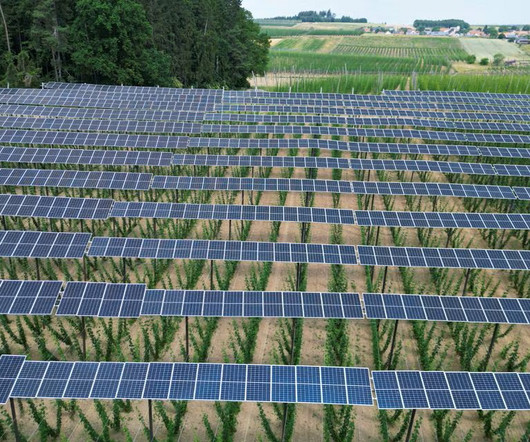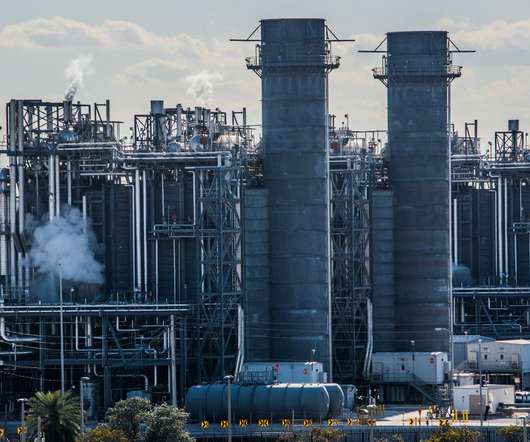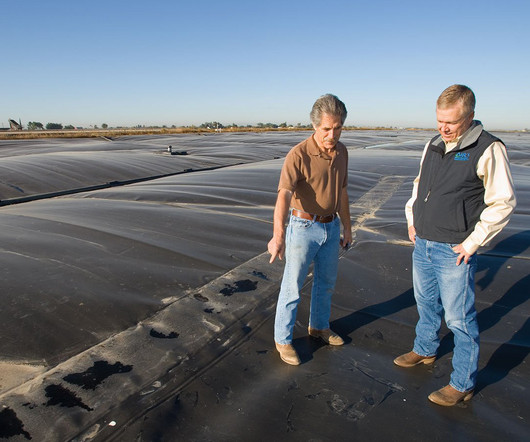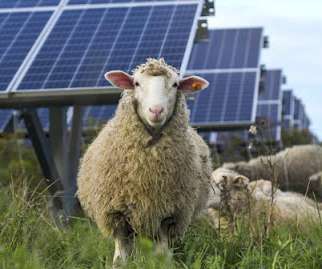Progress Possible at COP 28 Despite Fossil Fuel Industry Deception
Union of Concerned Scientists
DECEMBER 10, 2023
Global net anthropogenic greenhouse gas emissions 1990–2019. Global net anthropogenic greenhouse gas emissions include carbon dioxide from fossil fuel combustion and industrial processes, net carbon dioxide from land use, land use change and forestry, methane, nitrous oxide, and fluorinated gases.






















Let's personalize your content